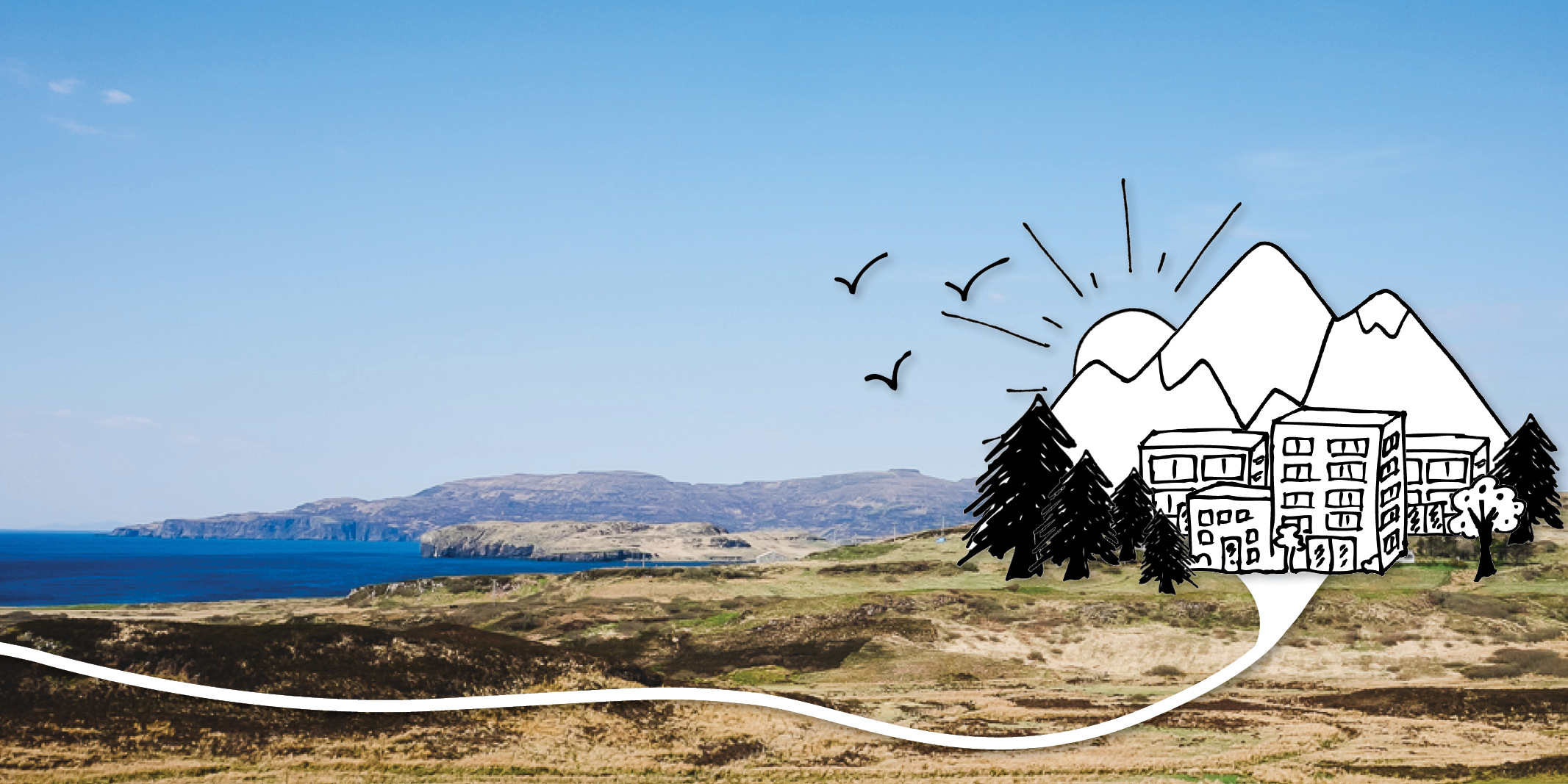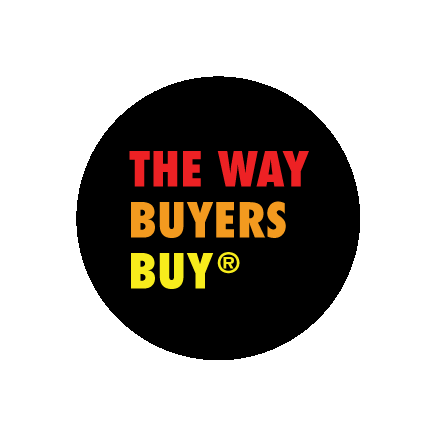Sales Process — The 3rd Thing You Need to Accelerate Sales

Gooood morning.
One final thing to pack and then we are on the road!
Let’s take a quick look in the trunk and see what we have packed already.
(Careful. I just took the canoe out for a lazy paddle on Meech Lake. Might be a bit wet opening the hatch. Here, I’ll get that for you …)
There. Trunk is open and we can see what we have packed.
We have a destination (our Ideal Customer)
We have a driver (our buyer)
And all we need is a roadmap. A sales and marketing roadmap. A clearly defined route for getting from prospect to the City of More Customers again, and again, and again, and again, and again.
But let’s be realistic. You aren’t going to have a roadmap right away.
Because we are doing a trial run on this road trip. You are focused on learning about the way your buyers buy and figuring out what your roadmap should be.
But at the end of this trip, we want to be able to mark out EXACTLY the best route to take when selling for your company.
We want your sales and marketing roadmap to be so tangible that it can be given to new sales and marketing staff or even to channel partners.
Might take you months or even years to figure out the right sales and marketing roadmap for your company. Depending on how fast you move. How complex your sale is.
But when we do figure it out, we want your sales and marketing team and channel partners to be able to get up to speed WAY FASTER. Months or weeks.
So, what should a roadmap or custom sales process look like?
Salesforce.com is not a sales process
I have to get this off my chest before we get on the road. We don’t need any egos or hot air on this trip with the 3 of us, a canoe, and a cramped car. {Smile}.
When you choose and implement a CRM like Salesforce.com or Pipedrive or HubSpot CRM or Sugar, it comes with a default set of pipeline stages and percentages.
It might look like this:
0% Unqualified Lead
10% Qualified Lead
25% Needs Analysis
50% Demo
75% Proposal
90% Contract Negotiation
100% Signed Contract
THIS IS NOT A SALES PROCESS.
My biggest beef about the standard pipeline stages and percentages in CRM applications is that they are all focused on WHAT YOU DO, not on WHAT YOUR CUSTOMER DOES.
Let’s just think about that for a minute. Who is the ONLY person that knows whether they are going to buy from you or not? Really knows.
Right. You got it. Your buyer.
Here is an absurd example. But in theory I could invite a guy out to dinner (no, I’m not married), pay for dinner, propose to him, and book the wedding date. Great, huh? Sales process complete. But WHAT ABOUT THE GUY?????
A good sales process is built around the actions and the behaviour of the BUYER, and each stage will have a set of activities around what the buyer must do to prove to you that they are at that stage of their buying process.
And, a good sales process will also include a set of sales activities that need to be completed by the sales person. Of course.
Every day I see pipelines that are over-optimistic because they focus only on what the salesperson does, not on what the buyer does.
And that salesperson-sales-activity-focus is what is promoted by CRMs.
A high-volume lead-generation-to-close machine is not a sales process.
More and more in the SaaS world (I know you aren’t all SaaS companies, but they are driving some new sales and buying behaviour), I see an emphasis on a high-volume lead-generation machine and closing machine.
The “sales process" looks something like this:
Outbound calls
Inbound leads
Demo
Close
Close
Close
Close
The metrics they keep track of are outbound calls, warm transfers (outbound call to demo), and close ratio.
And some of them do really well. And some of them are my customers and I tip my hat to their endless energy and what they have been able to accomplish.
But, what is wrong with THAT kind of a sales process?
Once we’ve been on the road with your buyer for a while you will be able to answer that for me.
But for now, I’ll give you the short answer:
That kind of a sales process LEAVES A LOT OF MONEY ON THE TABLE.
Here is why in a nutshell. (I’m trying to keep this short, we really need to get on the road while the sun is shining.)
Not every person you contact is ready to buy right now. When your call to action is a demo, you lose a lot of people who aren’t interested right now. You need to give them an alternative. (A really amazing nurturing program like the Startup Sales Course or Sales Pipeline Academy nurturing campaigns from Close.io).
When your main goal and management and compensation is all about trying to close the customer, you close some of them. You tick off others. You need to give them an alternative. (A really amazing nurturing program.)
If you pulled your foot off the accelerator a bit, slowed down, spent more time with the prospects, and had TWO GOALS — say, closing deals and building your pipeline for the future — you would have better connections, deeper conversations, longer term relationships. And more sales.
A better sales process.
(I realize as I write this that there is so much more to say on that topic. Maybe we can touch on it again on the road.)
So, enough about that, Susan. What does a GREAT sales process look like?
This is what a GREAT sales process looks like.
There are 9 elements to a really good sales process. I’d like you to have one of these one day.
First level of qualification: does the prospect fit your Ideal Customer?Second level of qualification: does the prospect pass a Driving Test? Third level of qualification: what speed is the prospect on the Speed Test? A list of the questions you need to ask for good sales hygiene.The Bombs you will drop at each stage of the sales process if an opportunity is stuck.The tools you use with prospects.The tools you use internally to guide your sales process.The Battery Test, a tool for telling you FACTUALLY whether an opportunity is ALIVE or DEAD. Finally, a list of the activities both you and your buyer will complete at each stage of the buying process.
A couple of things I want to emphasize. You don’t know what I mean yet by a Driving Test or a Speed Test.
Think of the DRIVING TEST this way. I already have you convinced that you don’t want to jump in the car with just ANY driver. So what does the Driver (buyer) have to do to pass their Driving Test for your business? It is a PASS/FAIL and there are usually one or two criteria max.
For example, the Driving Test for one of my clients is that they must have over 250,000 documents to be proposed. The Driving Test for another client is that they must have a Wellness Program in place. The Driving Test for another client is that they must have be in NA and have over 250 employees. Bare minimum. PASS/FAIL. Less than that and you hail down another driver.
The SPEED TEST is a way of determining how FAST an opportunity may move. Maximum Speed, Minimum Speed, and Scenic Route. And the different speeds are based on lots of criteria that are specific to your business — culture of the prospect, IT preferences, what level of buyer, etc.
The Speed Test is a way of prioritizing opportunities that pass the first two levels of qualification. Great when you have a large pipeline. First thing every morning, the Maximum Speed opportunities get your attention FIRST. Minimum Speed opportunities get your attention SECOND. Scenic Route opportunities get delegated to marketing for, yes, nurturing.
Someday I’ll show you a sales process. Have one tucked in my luggage but it is in the trunk buried in my m0851 bag. (Spoiled).
Jump in.
Next blog post we are ON the road.
